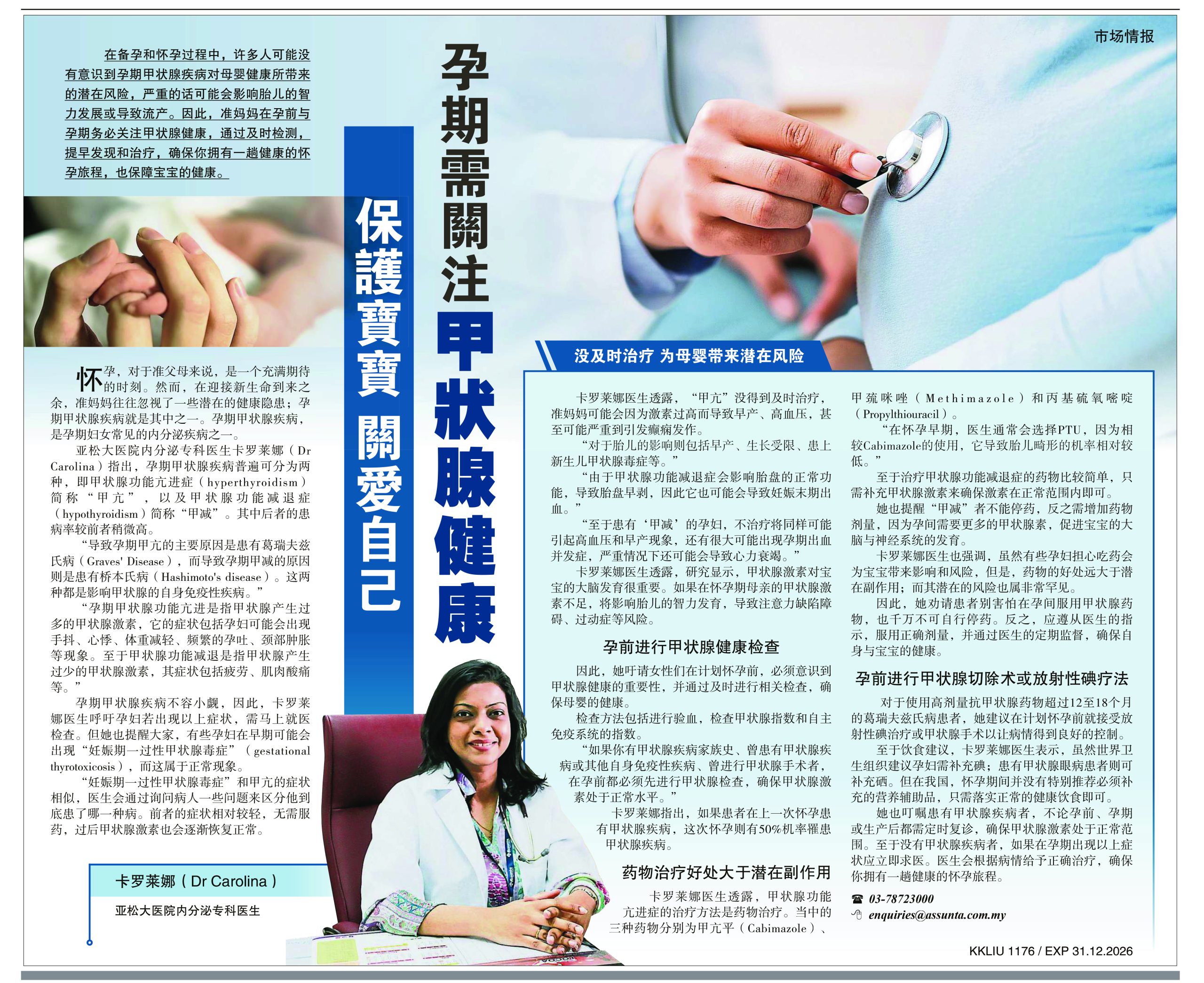Ultrasound is usually the first diagnostic tool to evaluate breast lumps. Ultrasound imaging is safe, non-invasive and does not use radiation.
Your doctor may schedule a breast ultrasound for:
- Evaluation of a breast lump
- Assessing unusual nipple discharge
- Painful or inflamed breasts
- Monitoring breast implants
- Monitoring existing breast lumps
- Complementing findings of other examinations like MRI or mammogram
There is no preparation required for this examination. It is best that you bring the images/reports of prior examinations you may have so that the doctor can assess any interval change between the examinations.
You will be asked to change to a loose fitting robe before lying down on a couch. The examination is easier with your arms resting on the pillow. The lights in the room are dimmed to make the computer screen and images clearer.
The examination is painless unless you have a painful breast condition. Ultrasound imaging of the breast uses sound waves to produce pictures of the internal structure of the breast. The examiner who is usually a sonographer (someone who is a trained in doing ultrasound) or a radiologist would put some gel on the breast and place a probe called the transducer on the breast. The probe is connected to the ultrasound machine through a long cable. High frequency sound waves travel from the probe to the body through the gel and collect information which is interpreted by the computer and images are then produced in real time on the monitor.
The examiner would be sweeping the probe over the entire breast and the armpit with her/his fingers busy over the console of the machine adjusting the quality of the images and saving images. The examination usually will complete in a few minutes to 30 minutes or more depending on the case.
The radiologist will send a signed report to the doctor who requested the examination who then will share and discuss the findings with you.
Follow up ultrasound examination may be needed to see if the abnormality is stable over time which indicates that the abnormality is most likely not aggressive. Further evaluation may be needed if there has been significant change in the appearance of the abnormality.
What are the benefits of ultrasound examination?
- Safe, non-invasive, painless, no radiation.
- Widely available, easy to use, less expensive
- Ultrasound imaging can help detect lesions in dense breast when interpretation with mammography is difficult.
- Ultrasound can help further characterise a lesion that cannot be interpreted adequately by mammography alone.
What are the limitations of ultrasound?
- Some early breast cancers only show up as microcalcifications on mammography which are not visible on ultrasound. mammography is still the procedure of choice as a screening tool
- Sometimes, suspicious abnormalities that require biopsy are not cancers.
Ultrasound Guided Breast Biopsy
- Ultrasound can be used to guide biopsy procedure. This is performed to obtain a very small amount of tissue sample from the abnormality in the breast for the pathologist to examine and determine the nature of the lesion. This usually begins with the doctor applying antiseptic on the skin. If a bigger tissue sample is needed, local anaesthesia may be administered before a needle is introduced into the lesion under the guidance of ultrasound images. The doctor will apply some pressure at the site of puncture to stop bleeding. No stitch is usually required. A dressing is applied which can be removed in 2 to 3 days.
Related Articles

Exploring The Intersection of ENT Health and Diving Medicine: A Guide for Healthcare Professionals
Read More »









